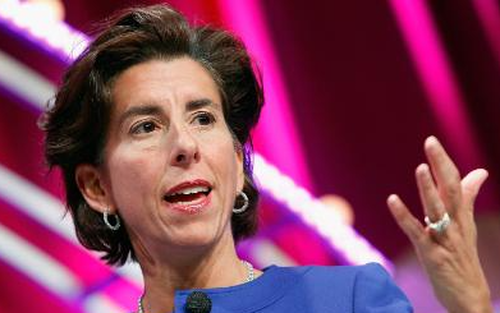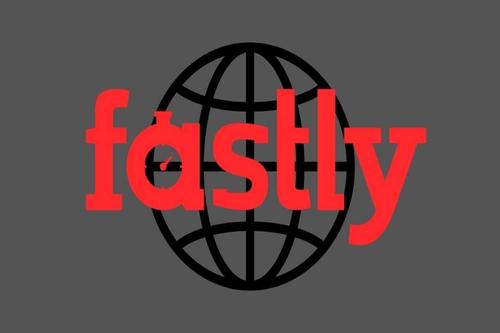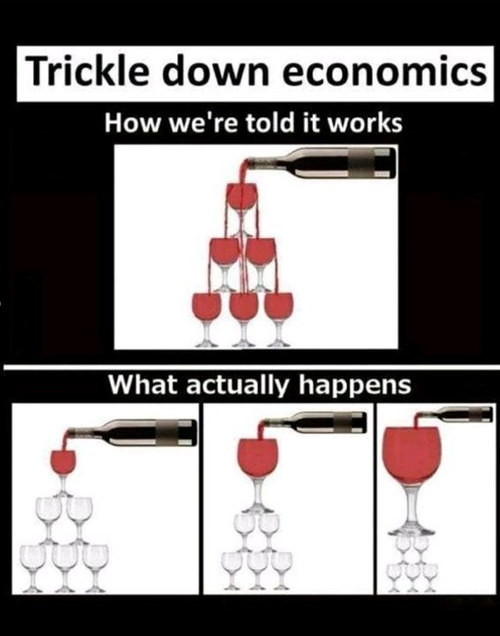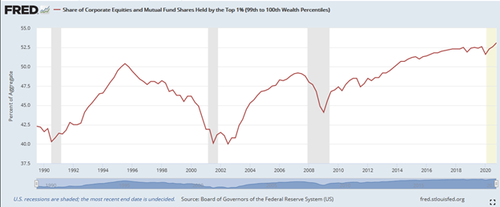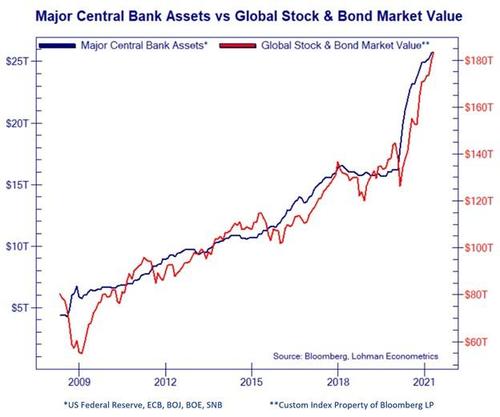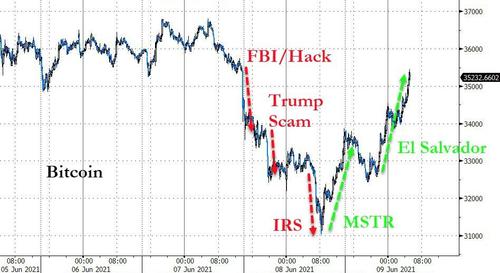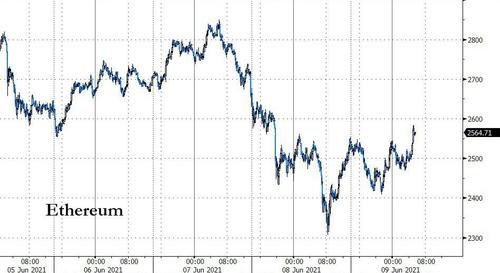Ohio is suing in an attempt to get Google declared a public utility or common carrier. A new lawsuit filed by Ohio Attorney General Dave Yost asks the Ohio Court of Common Pleas to order stricter regulation of the internet conglomerate, in the name of allegedly preventing discriminatory search results.
“Ohio has an interest in ensuring that Google, its users, and the entities whose information Google carries are aware that Google Search is a common carrier under Ohio law. Ohio also has an interest in ensuring that as a common carrier Google Search does not unfairly discriminate against third party websites; that Google carries all responsive search results on an equal basis; and that it provides the public with ready access to organic search results that the Google Search algorithms produce,” states the lawsuit.
Yost’s premise is absurd on many levels—not the least of which being that discrimination is literally the business of search engines. Their whole point is to sift through the vast expanses of internet content and determine which web pages most closely match what consumers are searching for and which offer the highest quality content, all while eschewing spam and scams.
Yost acts as if “organic search results” just happen. But the term simply means results that are the products of algorithms and not paid placement. Google and other search engines still have to develop the algorithms that deliver those non-paid results, and this still requires making decisions that will prioritize certain types of content over others. Without such algorithmic discrimination—if we were left to peruse web pages say, randomly or alphabetically—we would be left with much worse search results. Users would have to spend much more time finding worse and less relevant information.
Yost also argues that Google needs to be more highly regulated because search results sometimes steer Google users to the company’s own products. “Google uses its dominance of internet search to steer Ohioans to Google’s own products—that’s discriminatory and anti-competitive,” he said in a statement.
But there’s nothing illegal or nefarious about platforms—virtual or physical—promoting their own goods, or giving more prominent placement to others’ goods for a fee. Grocery stores give prominent placement to their own brands and to brands that pay for better placement. Newspapers and magazines lay out their own content more prominently than that of advertisers, and also prioritize ad placement based on who pays more. And so on.
This isn’t some uniquely dangerous Google phenomenon, it’s a common business practice. Yet no one’s declaring that grocery stores and magazines are public utilities.
“If someone searches for a flight and Google returns its own presentation of search results to steer the person to Google Flights, the person doesn’t see offers from competitors such as Orbitz and Travelocity,” complains Yost. Not only is this false—Orbitz and Travelocity results are still there, just not at the very top of the page—but it’s also no different than the situation we see in supermarkets. And yet Yost isn’t complaining that Kroger relegating certain cereal brands to a lower shelf somehow renders these brands invisible, nor is he saying that government must start micromanaging cereal product placement.
Besides, if Google’s search results start seeming too biased or irrelevant to consumers, there are other (free) search engines (such as Microsoft’s Bing or the privacy-focused DuckDuckGo) that they can switch to. In other words, there are market solutions to any potential problems here—no massive new regulatory schemes required.
In a statement, Google contended that “Ohioans simply don’t want the government to run Google like a gas or electric company. This lawsuit has no basis in fact or law and we’ll defend ourselves against it in court.”
Unfortunately, the idea that popular search engines and social media companies like Google, Facebook, and Twitter should be treated as public utilities/common carriers has been gaining ground among both Democrats and Republicans as their bipartisan crusade against big technology companies heats up.
Conservatives—including Tucker Carlson of Fox News—have glommed onto the idea of regulating tech companies like public utilities to punish them for perceived political bias. But not only does this idea fly in the face of professed GOP attitudes toward free markets, deregulation, free speech, and freedom of association, it also wouldn’t work to solve the supposed problem in question (political bias). Instead, it would simply give more power to whatever partisan regulators were appointed by a particular political administration to punish companies for not biasing things in the way that they prefer.
“The idea that we correct for private corporate political bias by imposing a public utility model is simply foolish,” wrote Cameron Smith in The Hill back in 2017:
Google isn’t a monopoly and it isn’t offering a commodity good, like water or electricity. Treating it like a utility won’t remove political bias, but it will stifle innovation and create a powerful political tool, which can be up for grabs to the highest-paid lobbying firm. … I don’t want a federal regulator of political viewpoint bias for Google any more than I do for Fox News or MSNBC.
Meanwhile, in New York, Senate Democrats recently voted to broaden the state’s antitrust parameters. Under current law, a company is deemed a monopoly if it has a two-thirds share of the market; the new standard would say that cornering less than half of a particular market—40 percent—makes a company a “monopoly.”
It would also change the standard for illegally anti-competitive behavior. Under current state law, it turns on whether business conduct harms consumers. The new measure would deem conduct off-limits if it harms a business’ competitors—a standard that could bar practically any attempts by a popular company to improve products or attract new customers.
“We are essentially punishing success and we are prohibiting all kinds of ordinary pro-competitive conduct,” Lev Ginsburg of The Business Council of New York State told the Wall Street Journal.
The bill—which has yet to clear the New York Assembly—would make it easier for smaller business competitors to sue big companies, said lawyer Lauren Weinstein. She pointed out to the Journal that “certain aspects of Amazon’s business like lowering prices aren’t harmful to the consumer, but they can be pretty harmful to competitors.”
Yes, making products more affordable is now being sold as an evil monopolist behavior, while using government force to give more expensive rivals a leg up has somehow become a progressive position. This is how topsy-turvy the rhetoric around antitrust, competition, and monopoly has become.
FREE MINDS
The trouble with so-called common good originalism. “As far back as I can remember, conservatives have attacked liberal judges for substituting their policy preferences for the text of the Constitution, and for trying to cram the entire progressive agenda onto a handful of provisions (the Commerce Clause, the Necessary and Proper Clause) that were never meant to carry such weight,” writes Reason‘s Damon Root. “But the times are changing. Now, a new conservative faction is aiming to beat the results-oriented liberal judges at their own game.”
Some, like lawyer and Newsweek opinion editor Josh Hammer, have dubbed this common good originalism. “But there is not so much that is recognizably originalist about it,” notes Root. At every turn, it ignores the meaning of the US Constitution and individual rights in favor of expanding government control and power. “In short, Hammer seeks conservative results by reading his preferred conservative agenda (‘our substantive goals’) into the constitutional text,” notes Root. “Hammer may call it ‘originalism,’ but it sure operates more like right-wing living constitutionalism.”
FREE MARKETS
“How Facebook killed blogging.” Timothy B. Lee’s new newsletter has been providing an interesting look at shifting media and technology landscapes. In one recent post, he explores how paywalls—once thought to be a non-starter—have turned out to work for big newspapers. Meanwhile, crowdfunding options (like Substack) have helped out independent and small publishers. But medium-sized news and publishing outlets that rely on advertising are stuck in a sort of purgatory.
In another recent post, Lee looks at “how Facebook killed blogging—and Twitter reinvented it“:
The online news landscape has been transformed in the last 15 years. Today, the blogging community that helped launch my journalism career barely exists. The 2000s-style blogs that still exist are nowhere near as central to the online conversation as they were in the George W. Bush years.
Social media plays a central role in this story. In the early 2010s, big tech platforms—especially Facebook, but also Google, Reddit, and Twitter—became the most common way many readers found news stories. That profoundly shaped the incentives of an emerging class of web-first professional journalists—many of whom were former bloggers.
One big consequence: blogging became less social. It became much less common for writers to recommend and critique one another’s work. Twitter picked up much of the resulting slack; the kind of intellectual discussion that once happened on blogs now largely happens on Twitter.”
Lee’s post mostly explores how this has shaped media. But it’s also interesting to consider how it’s shaped online and/or political discourse overall. As Lee points out:
Most blogs were written primarily for a core group of loyal readers. The goal wasn’t necessarily to maximize the number of clicks on any given post. Rather, bloggers were trying to maximize the number of people who liked the blog enough to come back to the site regularly.
On social sites like Twitter, the incentives changed, from trying to get a loyal audience to trying to go viral on a post-by-post basis. In addition, the segmented communities that existed in the “blogosphere” got all jumbled together, leading to both context collapse (wherein conventions, jokes, memes, and concepts familiar to one community are taken out of context by another) and the sense that relatively small or niche groups of prolific but fringe opinion havers are more influential and numerous than they are. Both have had big ramifications for perceptions of politics and culture more generally.
QUICK HITS
• A new Gallup poll finds record support for same-sex marriage:
• Global herd immunity isn’t happening, says Foreign Affairs magazine. “Rather than die out, the [COVID-19] virus will likely ping-pong back and forth across the globe for years to come.”
• Senate Republicans blocked a Democrat-backed effort to make companies justify pay gaps between employees, ban employers from inquiring about salary history, and “require public education regarding wage discrimination, among other things,” reports Politico.
• Illiberalism from both major parties—not partisanship—is fueling political divides, suggests Jay Caruso at the Washington Examiner.
• “Spermageddon” has been canceled, says a new study.
• How FOSTA made things harder for survival-level sex workers and why decriminalization is the only way out.
• Why the FBI is afraid of bitcoin.
• Former President Donald Trump comments on Nigeria banning Twitter:
from Latest – Reason.com https://ift.tt/35acA7H
via IFTTT

